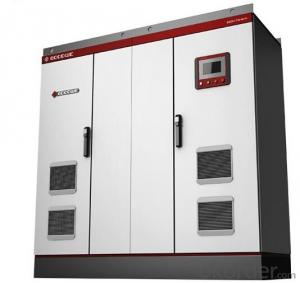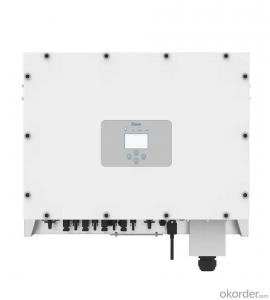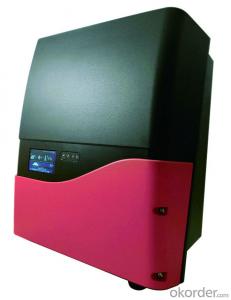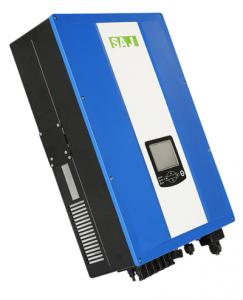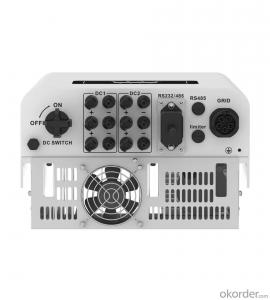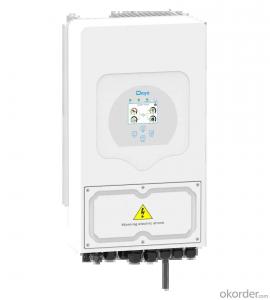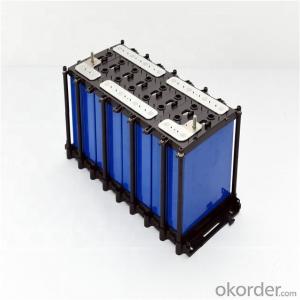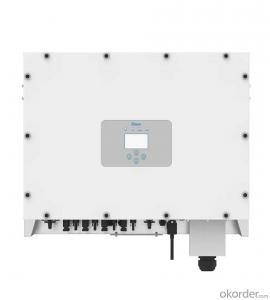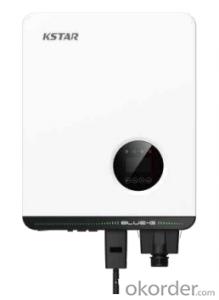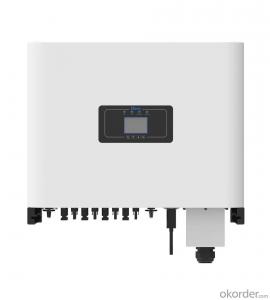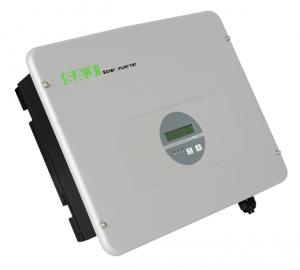Lvrt In Solar Inverter
Lvrt In Solar Inverter Related Searches
Lvrt Solar Inverter Invt Solar Inverter Inverter In Solar Power Plant Inverter In Solar Igbt In Solar Inverter Solar Inverter For Rv Solar Power Inverter For Rv Inverter For Rv Solar Blt Solar Power Inverter Rv Solar Kit With Inverter Rv Solar Kits With Inverter Rv Solar Inverter Invt Solar Pump Inverter Inverter For Solar Power Plant Solar Inverter Rv Inverter With Solar Input Inverter In Solar Energy Rv Solar Setup With Inverter Rv Solar Power Inverter Utl Solar Inverter Rv Solar Inverter Kits Lg Solar Inverter Solar Light Inverter Large Solar Inverter Rv Solar Inverter Kit Convert Inverter To Solar Solar Pv Inverter Inverter For Solar Pv Solar Inverter Rv Solar System With InverterLvrt In Solar Inverter Supplier & Manufacturer from China
Lvrt In Solar Inverter is a range of products that are designed to optimize the performance of solar energy systems by converting the variable direct current (DC) output of a photovoltaic (PV) solar panel into a utility frequency alternating current (AC) that can be fed into the grid or used by a local electrical network. These inverters play a crucial role in ensuring the efficiency and reliability of solar power systems, making them an essential component for both residential and commercial applications.The Lvrt In Solar Inverter is widely used in various scenarios where solar energy is harnessed to generate electricity. This includes residential rooftop installations, large-scale solar farms, and off-grid applications such as remote communities or emergency power systems. The product is designed to handle different solar panel configurations and can be tailored to meet specific energy requirements. Its robustness and efficiency make it a popular choice among solar energy enthusiasts and professionals alike.
Okorder.com is a leading wholesale supplier of Lvrt In Solar Inverter, boasting a large inventory that caters to the diverse needs of customers worldwide. With a commitment to quality and customer satisfaction, Okorder.com ensures that the Lvrt In Solar Inverter products they offer are of the highest standards, providing reliable performance and long-lasting durability. By partnering with reputable manufacturers, Okorder.com is able to deliver a wide range of Lvrt In Solar Inverter options, making it a one-stop-shop for all solar inverter requirements.
Hot Products

